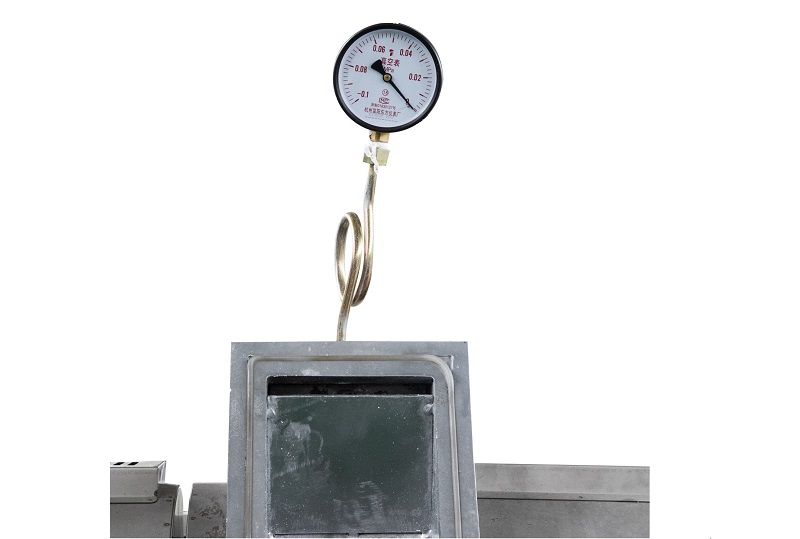JORBIN MACHINER, we promise to supply high quality machine with high competitive prices.
Expecting cooperation with you, Let us become friendly partners, common development!

Because biodegradable plastics are a rapidly developing industry,there are often new ideas, new or improved raw material and additives. It is much easier to improvement on the original twin-screw extruder, such as open or close available exhaust zone locations or to add or remove side feeders from available zone locations, rather than buying a new barrel and barrel or pruching a new extruder machine.
The extruder should has at least one natural degassing (sometimes two) and at least one vacuum degassing (sometimes two). Biopolymers are usually hygroscopic and is required careful handing before processing. Placing a vent hole in the front of the extrusion process is effective to minimize hydrolysis of the biopolymer and aviod pre-drying of the material. Don't think of the vacuum system as an unnecessary add-on, it is an integral part of the extrusion process and often the difference between making a quality product or not. A well-designed vacuum system also solves the problem of biopolymer volatiles, which are often corrosive, and can increase productivity by reducing maintenance and downtime, resulting in faster payback.

Biopolymers degrade rapidly when exposed to excessive heat or shear. The shear of the material is proportional to the speed of the extruder screw and inversely proportional to the gap between the screw and the barrel. Run the extruder at the lowest screw speed possible for a given throughput rate until the extruder torque is too high (>90%)or the volume limit is reached, The limit is determined by the material feeded or exhaust port. Volume restrictions can be avoided by strategically placing vents to allow air and moisture to escape, and by placing restricted kneading blocks or reverse screw elements as far away from feed port or vents as possible. By designing the extruder screw to have a long, "gentle" mixing zone rather than a short, intense mixing zone, high torque can be avoided. Stabilizes the feeder and minimizes torque fluctuations,which allows the operator to run the extruder at a higher average torque.
Although the co-rotating twin-screw extruder is an efficient compounding machine, its efficiency as a pump is only 8% to 15%, which means that high pressure at the extruder die can cause a significant increase in melt temperature. High pressure can also cause exhaust flow from the extruder die. Increasing the diameter of the die hole, increasing the mesh size of the filter, using underwater granulation system, increaseing the water and die temperature, all of this can minimize the pressure of the extruder die. The melt pump can be used between the extruder outlet and die head. The melt pump has a pumping efficiency of 25% to 35%. Using a melt pump minimizes melt temperature rise, saves extruder power and produces a more stable extrusion stream. The cost of a melt pump can sometimes be easily justified by increasing extruder production capacity.
Biopolymers degrade faster than most prtroleum-based polymers. If the extruder is going to cool for more than 1 to 2 hours, it is highly recommended to reduce the barrel heating or turn off the heating. If the extruder is kept heated for an extended period of time when it is not running,clean the extruder with a low-cost heat-stable polymer whose melt viscosity is slightly higher than that of a bioresin. If the viscosity of the cleaning material is too high, it may appear as a contaminant within a few hours after restarting production.
If you have any questions or new insights, please feel free to contact us and let us discuss, innovate, make progress together, and create a better world together. kindly contact us at any time by wechat or Whatsapp: +86-13915707468.